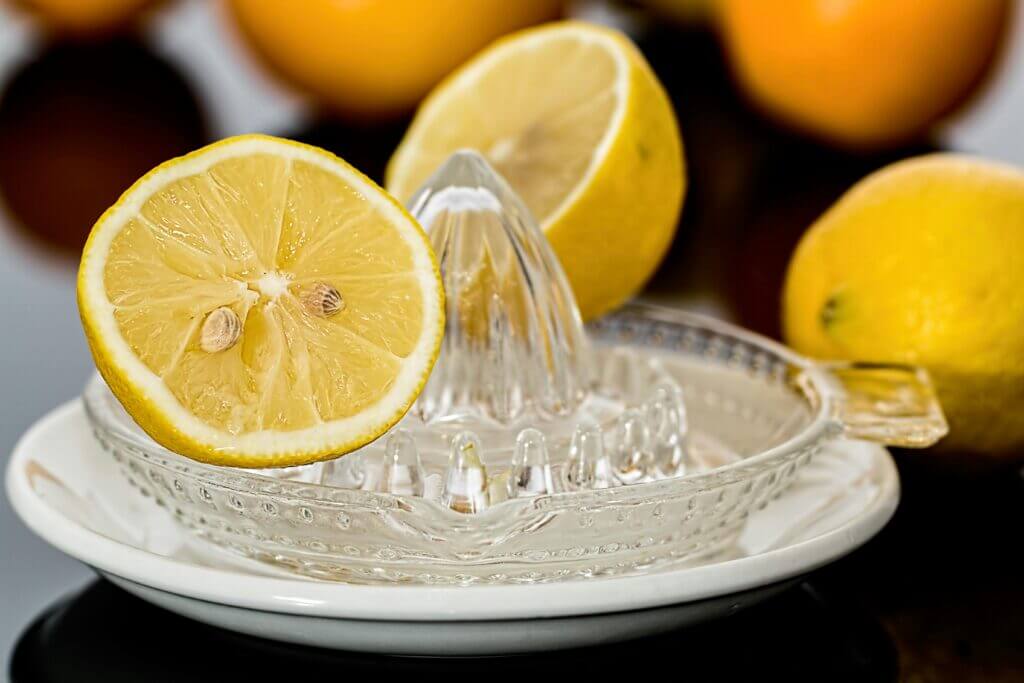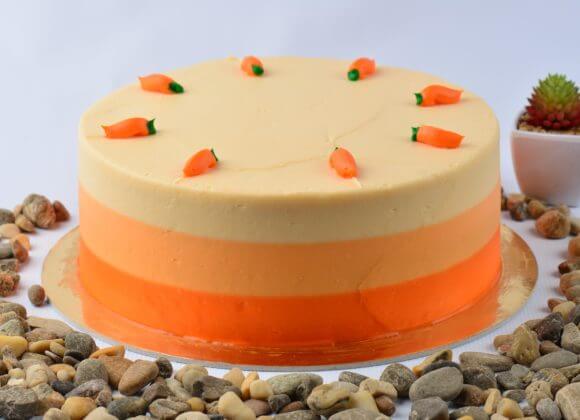Grease splashes, gravy or cake batter that has dribbled over the edge of the baking tin cause annoying soiling in the oven. Cleaning the oven is particularly important if these are burnt in and the oven does not have a self-cleaning function. Clever housewives and househusbands like to reach into the store cupboard – because it contains some real and environmentally friendly miracle weapons that make the oven look like new again.
#1: Lemons
The yellow fruit from the sunny south is not only a real vitamin bomb, but also a real household help thanks to its acidity. To restore a dirty oven – from the floor and walls to the rails, heating rods and glass – to a high shine, mix the juice of one or two lemons with a little water (ideally in a 1:1 ratio), pour into a heat-resistant bowl or baking dish and heat the oven to 120 degrees. As soon as the water has evaporated, wipe out the oven with a damp cloth.
If you don’t have lemons in the house, but do have citric acid, you can also use this. Once it is liquid, soak a microfiber cloth in it and clean the soiled areas. Citric acid powder must first be mixed with a little water to form a paste and then applied.
Caution: If you use citric acid, it is better to wear household gloves! And another tip: lemons can develop their cleaning power best as long as the dirt is not yet burnt on.

#2: Vinegar
It can be found in every household and helps against many types of soiling, including soiling throughout the oven. To do this, mix a little vinegar or vinegar essence with water, place in a heat-resistant container and heat the oven to around 150 degrees. Once the water-vinegar mixture has evaporated, the oven can be wiped out with a damp cloth.
If the stains are very heavy, it is advisable to mix vinegar and washing-up liquid in equal parts. The mixture is applied to the pipe and should be left to work for around 30 minutes, or overnight if the dirt is particularly stubborn. It is then wiped clean with a damp cloth.
Two things should be borne in mind when using this method: Be sure to avoid the rubber compound, as this could be attacked by the vinegar. And wear gloves!
#3: Salt
The white gold is a proven ally in the fight against particularly stubborn incrustations and dirt on the bottom of the oven. The first step is to wipe it with a damp cloth, then sprinkle a generous amount of salt on the dirty areas. Now all you have to do is heat the oven to around 50 degrees and wait until the salt turns brown. Allow the oven to cool slightly, wipe out with a damp cloth and you’re done!

#4: Baking powder and baking soda
The two are not only real helpers when baking, but also when it comes to cleaning the oven after the work is done. Mix a sachet of baking powder or baking soda with three tablespoons of water (or powder and water in equal parts) and apply the paste to the stains. After half an hour, wipe out the oven with a damp cloth. The baking powder paste is also ideal for giving the dirty glass of the oven a new shine.
#5: Soda
Another tried and tested household remedy is soda ash, also available as washing soda or sodium carbonate. Dissolve the powder, which is slightly stronger than baking soda due to its pH value in the alkaline range, in a little water, pour it into a spray bottle and spray it onto the soiled parts. Allow the mixture to work in briefly and then wipe the oven with a damp cloth.
However, parts made of glass and aluminum should not be cleaned with soda. Care should also be taken when handling the powder, as the dust can irritate the eyes and respiratory tract, do not forget to wear gloves!
And two more tips:
* Lemons, baking powder and the like are also hard-working helpers when it comes to cleaning baking trays.
* When cleaning the oven, do not use scouring milk, steel sponges, knives, etc., as these could damage the sensitive inner layer of the kitchen appliance.
Related posts:
Washing laundry properly: Detergent, temperature & care tips













